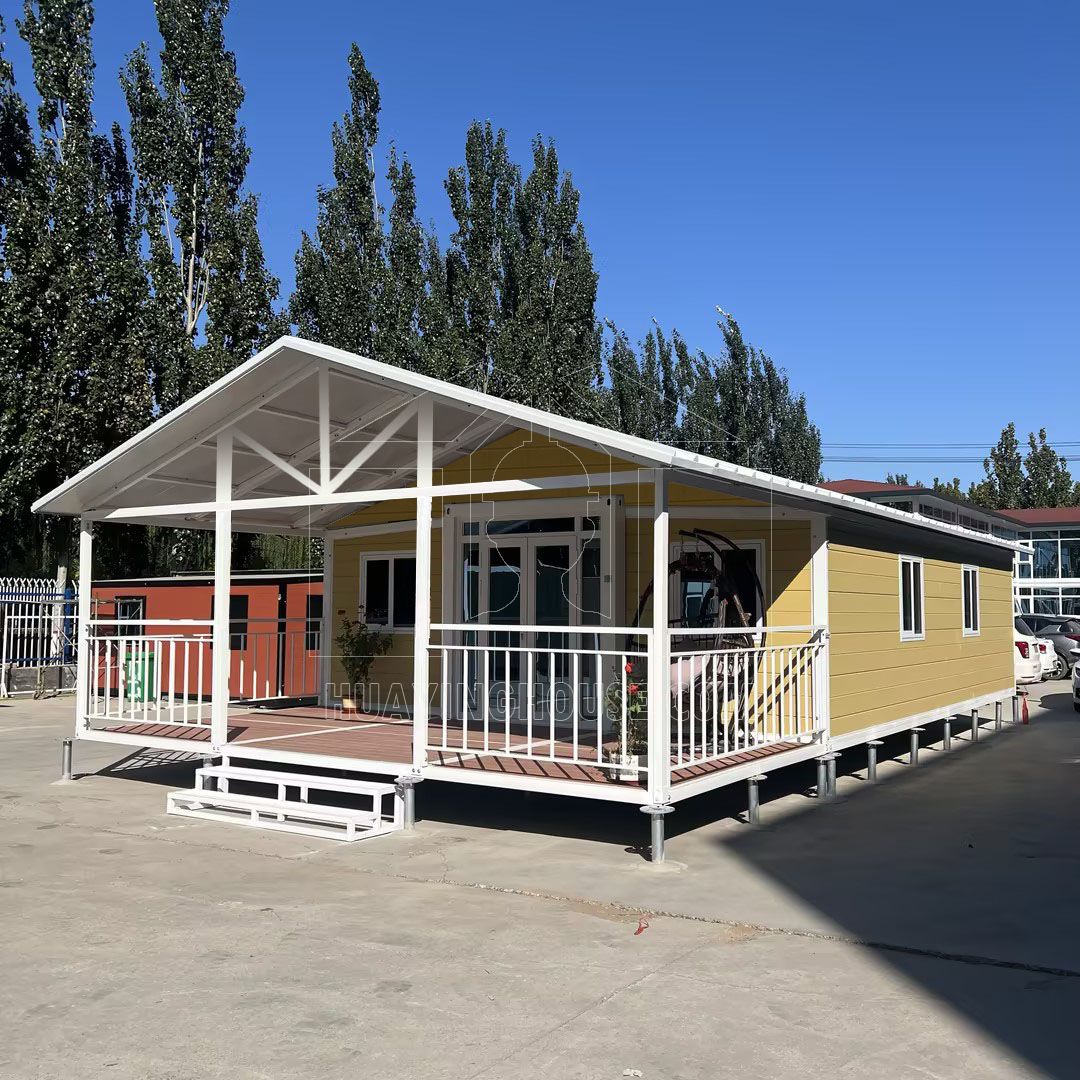Expandable Shipping Container Homes: The Future of Affordable and Flexible Living
In recent years, expandable shipping container homes have gained attention as an innovative housing solution. Unlike traditional shipping container homes, these structures can be expanded to create larger living spaces without compromising portability. They are commonly used for residential homes, vacation cabins, disaster relief shelters, and even office spaces. Their appeal lies in their affordability, durability, and ability to adapt to different lifestyles and environments.
How Do Expandable Container Homes Work?
Expandable container homes are built from standard shipping containers that are engineered with fold-out or slide-out panels. These sections can be unfolded on-site, transforming a compact container into a spacious home. Typically, the unit is transported in its compact form for easier shipping, and once delivered, the walls and extensions are unfolded to create additional bedrooms, living areas, or kitchens. Most expandable models come with pre-installed plumbing, wiring, insulation, and flooring, which reduces the construction time compared to traditional housing.
Benefits of Expandable Container Homes
Cost-Effective – They are generally cheaper than conventional homes and offer a faster return on investment for homeowners.
Mobility – These homes can be transported and reassembled almost anywhere, making them ideal for people who move frequently.
Space Efficiency – Expandable designs maximize living space without needing a larger lot size.
Quick Setup – Since many models are prefabricated, they can be assembled in a matter of hours or days.
Eco-Friendly – Repurposing shipping containers reduces waste and promotes sustainable housing.
Disadvantages of Expandable Container Homes
While attractive, expandable container homes are not without challenges:
Limited Lifespan – Containers are durable but may corrode or wear out faster in humid or coastal environments if not properly treated.
Insulation Issues – Without proper insulation, they can be too hot in summer and too cold in winter.
Resale Value – Unlike traditional homes, container homes may not appreciate in value as much.
Customization Costs – Although affordable initially, customizations can raise expenses significantly.
Expandable Container Homes vs. Modular Homes
Both expandable container homes and modular homes offer prefabricated housing solutions, but there are key differences:
Construction Method: Expandable homes use shipping containers as their base, while modular homes are factory-built sections assembled on-site.
Flexibility: Container homes can be relocated more easily, whereas modular homes are more permanent once installed.
Aesthetics: Modular homes can be designed to look almost identical to traditional houses, while container homes often retain their industrial look unless heavily modified.
Cost: Container homes generally have lower upfront costs, but modular homes may provide more long-term comfort and resale value.
Building Regulations for Expandable Container Homes
Before investing in an expandable container home, it is crucial to understand local building codes and zoning regulations. These rules vary widely depending on the region. Some municipalities may restrict the use of container structures for permanent housing, while others may require special permits for plumbing, electrical work, and structural safety. Consulting with a local contractor or zoning authority ensures compliance and avoids legal complications.
Custom Expandable Container Homes
For homeowners seeking a personalized touch, custom expandable container homes offer endless possibilities. Options include:
Solar panels for energy efficiency
High-end finishes like hardwood flooring and granite countertops
Extra rooms for home offices or gyms
Outdoor decks and rooftop gardens
Working with manufacturers that specialize in custom designs allows homeowners to create a space that matches both functional needs and aesthetic preferences.
Final Thoughts
Expandable shipping container homes are redefining modern housing by combining affordability, flexibility, and sustainability. While they come with certain limitations, their advantages often outweigh the drawbacks, especially for those seeking quick, mobile, and eco-friendly living solutions. Whether used as a primary residence, a vacation home, or a temporary structure, these homes represent an exciting step toward innovative housing in the 21st century.




